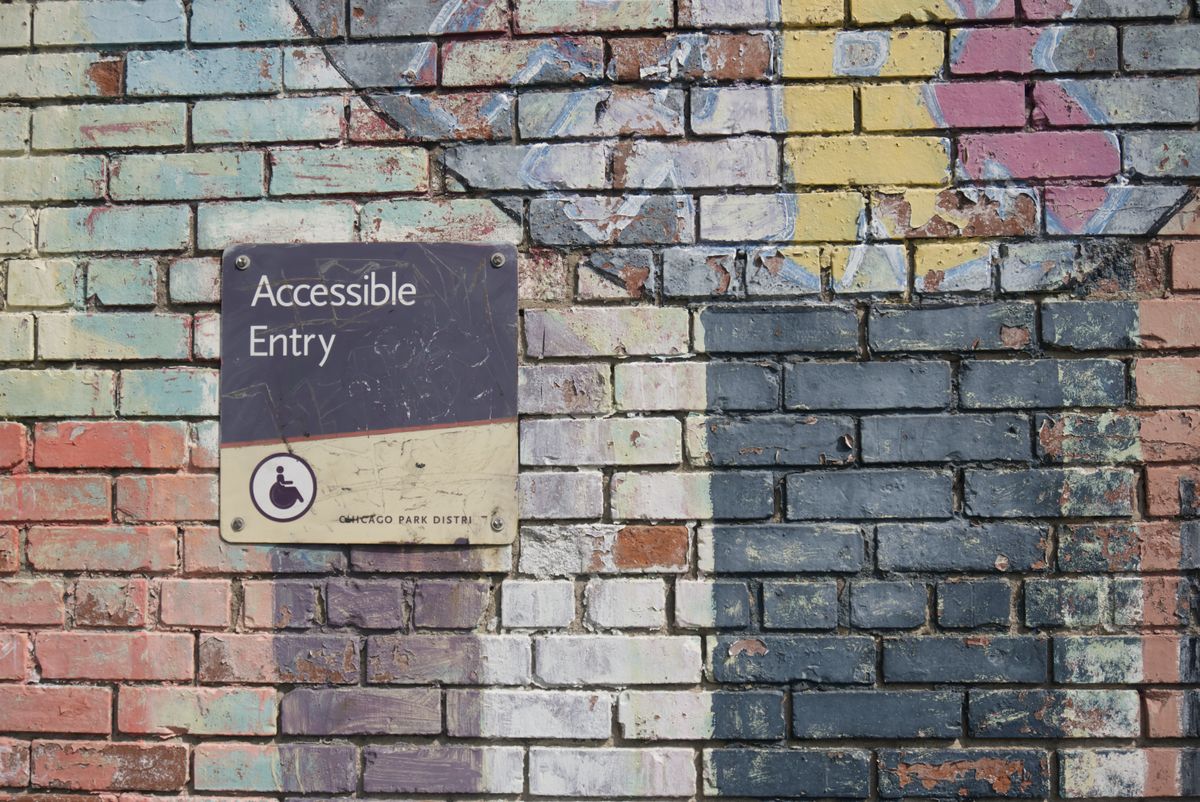How to Keep Your Theatre Accessible

We all can agree that when you are creating art, you want your art to reach its intended audience. Whether it be an improv show in a storefront theatre, stand-up in a comedy club, or play in an auditorium– your art should be welcoming to anyone interested. Apps and ticketing sites like Improv Tonight and Fourth Wall Tickets have opened the theatre scene to newcomers now more than ever, and we should be welcoming everyone equally. Unfortunately, it has become common for producers to fall into the trap of providing shows that are not accessible.
What do we mean by accessible? Perhaps your performance is in a small theatre that seems easy to get to in your neighborhood, but the only way in the door is up some steps, or the door frame is too small– immediately excluding any patrons or performers in wheelchairs. Or maybe your club has a ramp, but can’t provide closed captioned shows or quiet performances? We understand no one does this on purpose. We’re all doing the best we can to make a positive impact in our community. Now, it’s essential that we can share that impact with as many people as possible. This list will start you off in the right, helpful direction!
First, keep the entrance to the theatre accessible and free of obstacles by using ramps and making sure your doors are wide enough to accommodate wheelchairs. Your seating will also need accessible accommodation in a way that does not inhibit any patron’s experience. It’s also important for all areas of the theatre to be well-lit and free of trip hazards, this includes the bathrooms, backstage, and especially on stage. Your patrons and performers of any capability should not feel challenged when it comes to making their way around the space. If your venue already has accessible entrances and seating, make sure there are no objects or furniture items like tables, that would block the way. It can also be helpful to remind your patrons and performers to not leave any items on the floor that people could trip over. These include backpacks, purses, strollers, or even bottles. Lastly, make sure all theatre seating is comfortable for all patrons. It can be tempting to squeeze chairs together to allow for larger audiences, but if a patron is not comfortable, they will not enjoy the show, which is worse than those extra tickets sold.
The theatre audio system should also be accessible and understandable for all patrons. People that are deaf, hard of hearing, or otherwise have trouble with only verbal instructions or spoken words may need other ways to understand your show. To accommodate everyone’s needs it is important to not only speak clearly but include visual signage, closed-captioning, and keep any audio distractions to a minimum. For example, allowing music to play while you are introducing a show can be too much for someone that can only focus on one noise at a time. The use of visual aids can also be helpful to everyone. For example, creating an agenda for the show in the program will help clarify a running order for your performers and audience members. Anytime you are able, provide auto-closed captioning or sound devices that will help amplify the audio to patrons that are hard of hearing.
These tips should help you open your mind to a new perspective if you have never thought of accessibility until now. After reading this post, try not to feel guilty for excluding audience members or performers in the past. Now, it is important to focus on the changes you can make moving forward. When someone suggests improving accessibility, be open to making those changes as it can only improve the atmosphere of your venue as a positive place for the community to come together!
